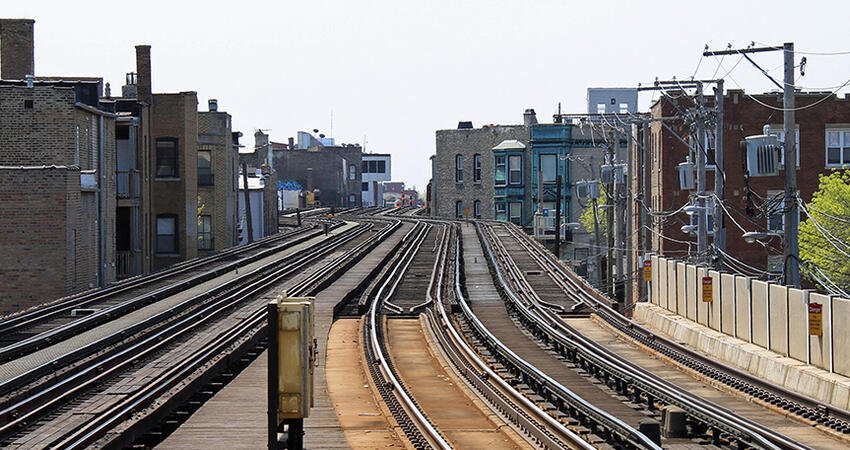
How Does Regional Economic and Racial Segregation Cost All Residents?
- Title:
- How Does Regional Economic and Racial Segregation Cost All Residents?
- Author:
-
Gregory Acs, Rolf Pendall, Mark Treskon, Amy Khare
- Source:
-
Urban Institute
- Publication Date:
-
2017
Regional economic and racial segregation is associated with lower levels of income, educational attainment, and safety for residents, according to a study by researchers at the Urban Institute. Authors of the report analyzed the 100 most-populous commuting zones (CZs, unified regional labor markets similar to metropolitan areas), from 1990 to 2010. For each CZ, the researchers measured the effects of economic and racial segregation on five outcomes: median household income, per capita income, percentage of residents ages 25 and older with a bachelor’s degree, life expectancy, and homicide rates. To illustrate the costs of segregation, the authors used the analysis results to estimate the costs of segregation in the Chicago region by estimating the effects that lowering segregation would have on income, education, and homicides. This analysis will form the basis of the authors’ future work on identifying policies to address segregation.
Key findings
- Black per capita income is lower in regions with higher levels of economic and black-white segregation
- Bachelor’s degree attainment for whites and blacks is lower in regions with higher levels of black-white segregation
- Homicide rates are higher in regions with higher levels of black-white segregation
For Chicago
- If the Chicago CZ experienced median levels of economic segregation, black per capita income would rise 2.7 percent, increasing income in the region for this population by $772 million.
- Decreasing Chicago’s levels of black-white segregation to the median would increase black per capita income 12.4 percent, and the homicide rate would decrease 30 percent.
- Median segregation levels would also increase the number of black and white residents attaining a bachelor’s degree 2 percent for blacks and whites, the equivalent of 83,000 more people receiving a degree.
- If Chicago achieved median levels of economic and black-white segregation, black per income would increase 15.1 percent, $4.4 billion in total for black residents in the region.